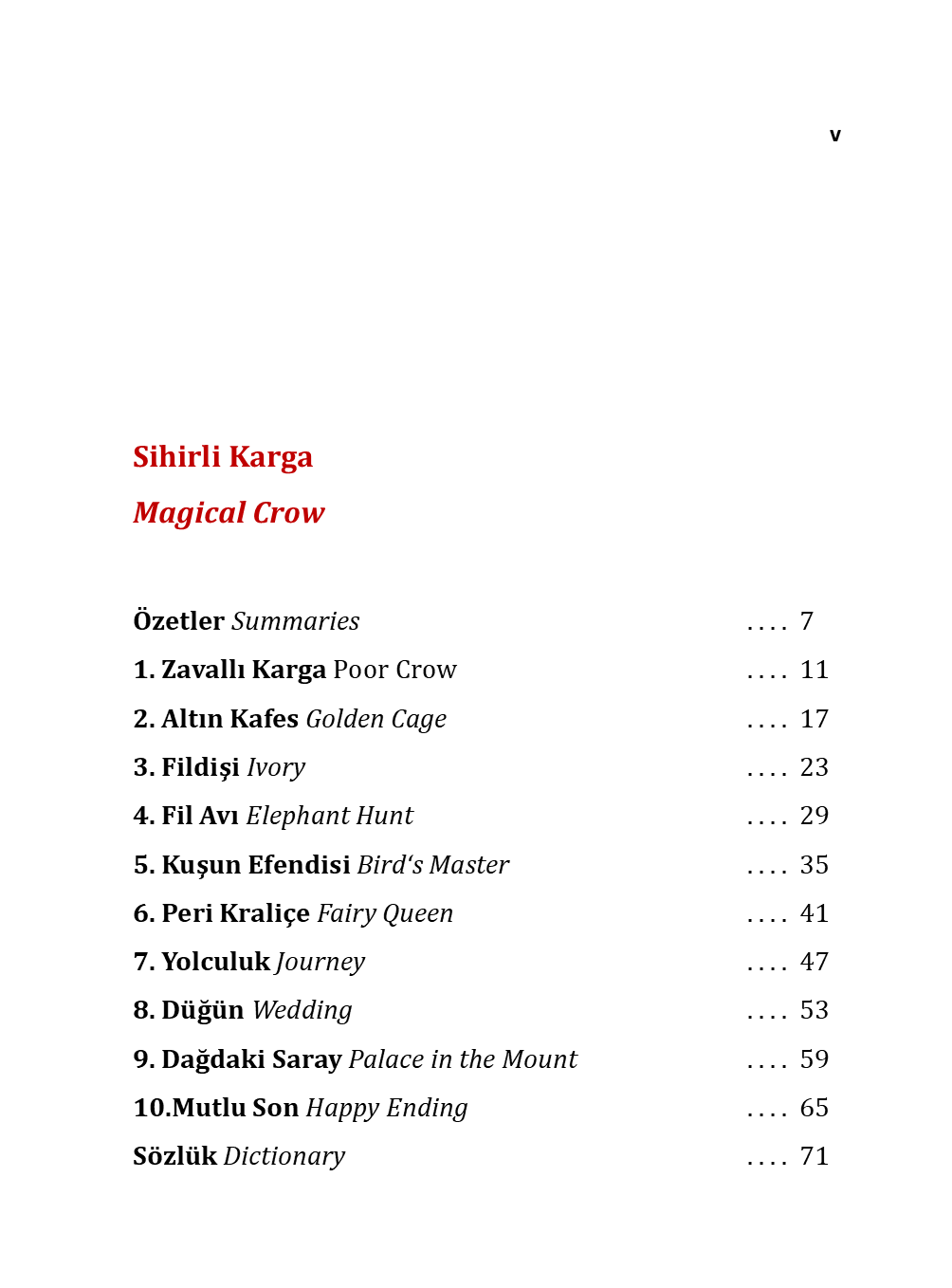
The Turkish Flag: History & Meaning of Turkey's Flag
The Turkish flag (Türk Bayrağı), with its bold red background, white crescent, and star, is one of the most recognizable national symbols in the world. More than just a piece of fabric, it embodies Turkey’s history, struggles, and national identity. But where did this iconic design come from? What does it truly represent?
In this deep dive, we’ll explore:
- The origins of the Turkish flag from the Ottomans to today
- The meaning behind the crescent and star myth vs. reality
- The flag’s role in Turkish culture & patriotism
- Rules & etiquette for displaying the flag
- Little-known facts about Turkey’s beloved emblem
TURKISH FLAG: CRESCENT & STAR
1. The History of the Turkish Flag
Ottoman Roots (13th–20th Century)
The crescent and star symbol dates back to ancient Turkic tribes and was later adopted by the Ottoman Empire in the 18th century. The Ottomans used various red and green flags, but the crescent-star on red became prominent by the 19th century.
Legend of the Blood Moon
A popular myth claims the flag’s design came from a bloody battlefield reflection after the Battle of Kosovo (1448), where a crescent and star appeared over a pool of soldiers' blood.
Birth of the Modern Flag (1923)
After the fall of the Ottoman Empire and the establishment of the Republic of Turkey (1923), the flag was standardized under Mustafa Kemal Atatürk. The exact proportions and shade of red were legally defined in the Turkish Flag Law (1936).
Fun Fact
The Turkish flag’s red color (Pantone 186 C) symbolizes the blood of martyrs who fought for independence.
2. Symbolism: What Do the Crescent & Star Mean?
The Crescent (Hilal)
- Originally a symbol of the Ottoman Empire, linked to Islam.
- Some theories connect it to ancient Turkic moon worship.
- In modern Turkey, it represents progress and enlightenment.
The Five-Pointed Star
- Historically, it symbolized Venus (the morning star) in Turkic mythology.
- Today, it stands for Turkish unity and independence.
Debunking Myths
- Not an Islamic symbol The crescent-star predates Islam and was used by Byzantines and Turkic tribes.
- Not copied from other flags Though similar to flags like Tunisia and Pakistan, Turkey’s design has unique historical roots.
3. The Flag in Turkish Culture & Patriotism
Where You’ll See the Flag in Turkey
- Public buildings, schools, and military bases (always flown).
- Homes & cars (especially on national holidays like Republic Day, Victory Day).
- Sports events (fans wave giant flags at football matches).
- Protest movements (a unifying symbol during political rallies).
Emotional Connection
Turks hold deep respect for their flag, seeing it as a symbol of Atatürk’s reforms, secularism, and national pride.
Example After the 2016 coup attempt, citizens flooded the streets with flags in defiance.
4. Rules for Displaying the Turkish Flag
Turkey has strict flag protocols under the Turkish Flag Law:
- Never Let It Touch the Ground Considered highly disrespectful.
- Must Be Hoisted at Sunrise, Lowered at Sunset (unless illuminated at night).
- No Wearing as Clothing Using the flag on shirts or hats is illegal unless in specific patriotic contexts.
- Half-Mast Only for National Mourning Like after the death of a president or major tragedy.
Penalties Misusing the flag can lead to fines or even imprisonment.
5. Fascinating Facts About the Turkish Flag
- The World’s Largest Flagpole In Baku, Azerbaijan (not Turkey!), a 162-meter pole flies a 70×35-meter Turkish flag as a symbol of Turkic brotherhood.
- Flag on the Moon? Turkey’s first lunar mission (2026) plans to plant a Turkish flag on the moon.
- A Flag So Sacred, It Has a National Anthem The "İstiklal Marşı" (Independence March) is often sung with flag-raising ceremonies.
- Different from the Ottoman Flag The modern flag has a lighter red and a simpler star shape.
Final Thoughts: More Than Just a Flag
The Turkish flag is a powerful emblem of resilience, independence, and national unity. From its ancient Turkic roots to its role in modern Turkish identity, the red banner with a white crescent and star continues to inspire pride across the nation.
Did You Know? The Turkish flag is so revered that damaging it is considered a criminal offense.
What’s your favorite fact about the Turkish flag? Share in the comments!














